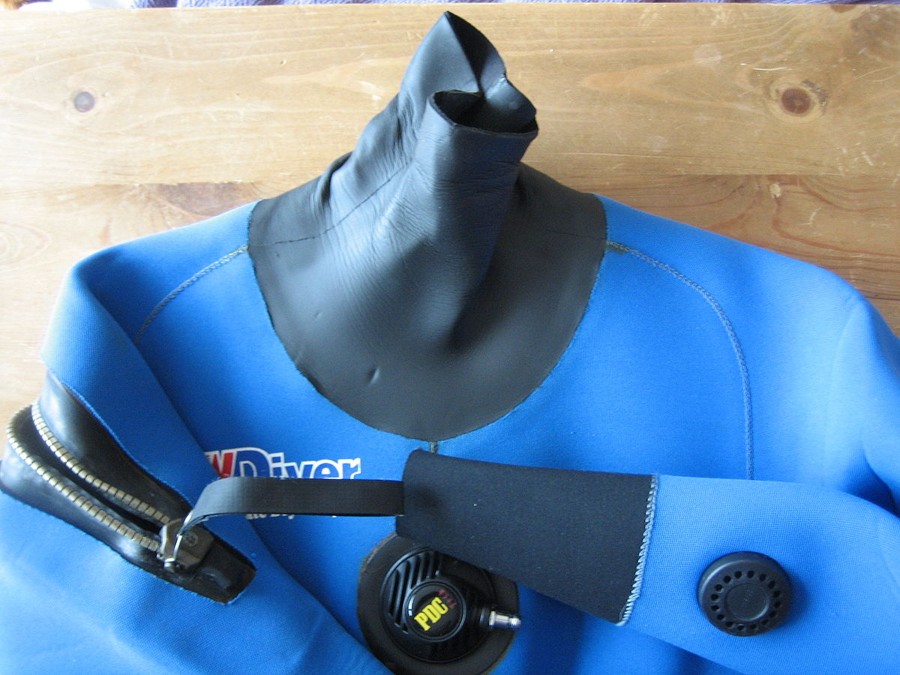Neoprene
Chloroprene is used to produce chloroprene rubber by polymerization. Chloroprene rubber is better known under its trademark Neoprene. Until 1960, chloroprene was manufactured by the acetylene process. In this process, two molecules of acetylene react to form vinylacetylene, and subsequently, by reacting with hydrogen chloride, chloroprene is produced.

Due to its difficulty and high cost, this method ceased to be used. Currently, chloroprene is manufactured by chlorinating 1,3-butadiene and subsequently reacting the resulting products. A neoprene wetsuit protects surfers and other water sports enthusiasts from hypothermia and sun exposure. Because water along with wind removes heat from the athlete’s body through evaporation, it makes sense to protect oneself from hypothermia with a neoprene suit even at temperatures above 20 degrees Celsius. Sun protection is also significant; suits are used in water sports practiced on the water's surface, exposing the entire body or a significant part to direct sunlight.
Surfing neoprene wetsuits are made from thin chloroprene rubber, commonly known as Neoprene. The thermal insulation properties are due to its foam structure (air bubbles inside the material). For easier donning and greater comfort, neoprene is often lined with terry or lycra fabric on the interior. This type of suit is worn directly on the bare body, with only swimwear worn underneath. A style with short legs and short sleeves, or sometimes sleeveless, is widespread, known as a monoshort or shorty. Short pants above the knees, as well as women's one-piece swimsuits, are also available. Suits with long sleeves and legs extending to the ankles are also available. The thicknesses of the material used range from 2.5 mm to 6 mm.

These thin neoprene suits are popular among surfers, water skiers, and jet ski riders. Suits with long sleeves and legs are used in triathlons and long-distance swimming. Shorts and one-piece swimsuits are used in aqua aerobics. These suits are predominantly one-piece, do not have an integrated hood, often come in bright colors, and the zipper for easier dressing is usually on the back. So that the athlete can dress without external help, the zipper handle is equipped with a string. These characteristics differentiate thin neoprene wetsuits from diving suits, more specifically, from their variants designed for diving in tropical waters.
It is the same as tropical (wet) diving suits. The suit's material itself is waterproof, but the suit's construction (seals, zipper) allows a small amount of water to permeate between the suit and the athlete's skin. The better the suit fits the body, the thinner the layer of water. The less water circulates and cools the body. A thin, minimally circulating water layer quickly warms up to body temperature.




























































































































